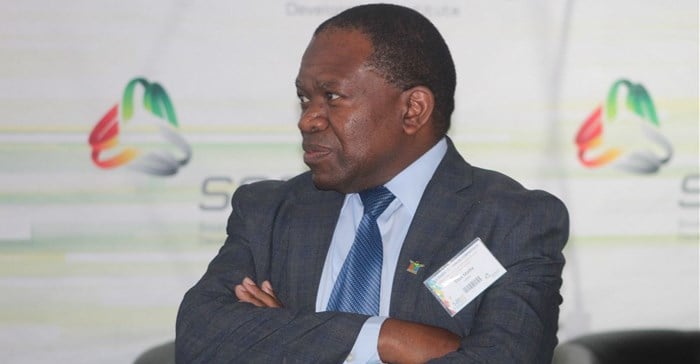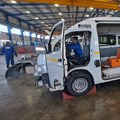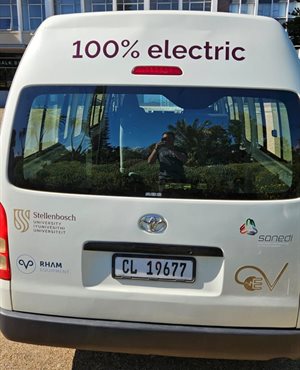New energy vehicle (NEV) sales in South Africa saw a dramatic increase in 2022, reaching 4,764 units from just 202 in 2018, according to statistics from Naamsa (the automotive business council). However, this still represents a tiny fraction of total vehicle sales at 0.88%. The South African National Energy Development Institute (Sanedi) is taking steps to accelerate the adoption of NEVs by launching an Electric Vehicle Minibus Taxi (e-MBT) retrofit project as part of its Cleaner Mobility Programme.
The rollout of the first prototype is a significant achievement, but Sanedi acknowledges that one e-taxi does not signify a complete shift towards cleaner mobility.
The e-MBT retrofit project is not only focusing on vehicle safety and performance but also on fostering collaboration between industry and government to scale up the initiative
In its thought leadership discussion document on NEVs for South Africa, released in February this year, Naamsa eloquently makes the case for decarbonising road transport locally and across the world.
The latter is an important consideration for naamsa, given that 63% of light passenger vehicles manufactured in South Africa are exported – about 77% of those going to Europe where the demand for NEVs is growing fast. In addition, the South African Automotive Masterplan [SAAM] 2021 – 2035 sets ambitious targets for local NEV sales, ie, 20% of the total by 2025, 40% by 2030 and 60% by 2035.
Meeting these targets and maintaining our export markets will depend on appropriate support to stimulate demand for NEVs as well as the manufacture of NEVs and NEV components in the country. The only way to achieve this, is by throwing the collaboration net as far and wide as possible.
Green energy future
As its name indicates, Sanedi is single-mindedly focused on turning a green energy future for South Africa into reality by supporting the development of a wide range of technologies and bringing them to commercial readiness. This includes establishing an enabling policy environment, as well as the necessary manufacturing capabilities – both in terms of technology and skills – and consumer demand.
The MBT retrofit project is a good example of the level of collaboration required, and of the results that can be achieved.
South Africa's transport sector ranks as the second-largest contributor to pollution after the electricity supply industry, and accounts for 13% of CO2 emissions. Road transport alone accounts for 91.2% of the total emissions in the country. Retrofitting the more than 250,000 MBTs on our roads can contribute significantly to transforming the transport sector.
Professor MJ Booysens from the Stellenbosch University Faculty of Engineering suggests that many of these vehicles are roadworthy and could undergo a transformation by swapping out their conventional propulsion systems, such as diesel or petrol engines, fuel tanks, and gearboxes, in favour of electric motors and regenerative braking. The retrofitting process involves the addition of a large battery and battery management system.
Developing this technology and the capability to manufacture it locally – which Sanedi is undertaking with the Stellenbosch University, Rham Equipment and Oxford University – will benefit the entire automotive sector.
Transport sector transformation
As Naamsa notes: “…vehicle exports to the domestic automotive industry’s top export destinations, the UK and the EU, are subject to strict Rules of Origin requiring 60% local content in a vehicle to ensure duty-free access. Without battery manufacturing in South Africa or the UK and the EU, flexibility in the strict Rules of Origin requirements would be imperative for ongoing duty-free market access.”
Pooling research funds, skills and facilities is critical if we stand a chance of turning South Africa’s Green Transport Strategy for 2018-2050 into reality. One of the most important outcomes of such collaboration must be clear and powerful industry input into policies that will facilitate and enable the transport sector’s transformation.
South Africa has committed to a fixed target for GHG emission levels of 398 to 510 million tonnes (Mt) of CO2 equivalent by 2025, and 350 to 420 Mt CO2 equivalent by 2030. None of us can achieve this goal by ourselves, but by working together we may even exceed it.




































